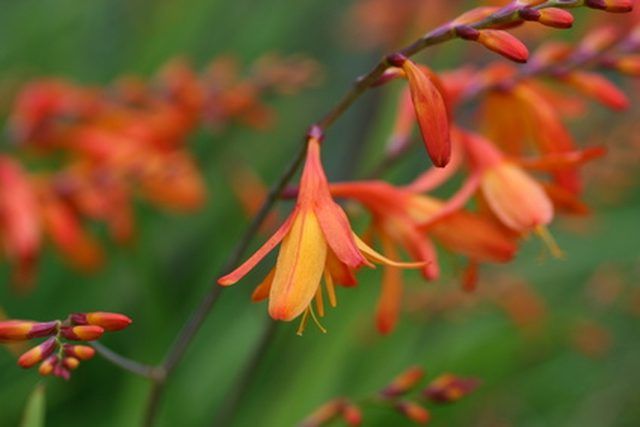Bulbs
Flower Basics
Flower Beds & Specialty Gardens
Flower Garden
Garden Furniture
Garden Gnomes
Garden Seeds
Garden Sheds
Garden Statues
Garden Tools & Supplies
Gardening Basics
Green & Organic
Groundcovers & Vines
Growing Annuals
Growing Basil
Growing Beans
Growing Berries
Growing Blueberries
Growing Cactus
Growing Corn
Growing Cotton
Growing Edibles
Growing Flowers
Growing Garlic
Growing Grapes
Growing Grass
Growing Herbs
Growing Jasmine
Growing Mint
Growing Mushrooms
Orchids
Growing Peanuts
Growing Perennials
Growing Plants
Growing Rosemary
Growing Roses
Growing Strawberries
Growing Sunflowers
Growing Thyme
Growing Tomatoes
Growing Tulips
Growing Vegetables
Herb Basics
Herb Garden
Indoor Growing
Landscaping Basics
Landscaping Patios
Landscaping Plants
Landscaping Shrubs
Landscaping Trees
Landscaping Walks & Pathways
Lawn Basics
Lawn Maintenance
Lawn Mowers
Lawn Ornaments
Lawn Planting
Lawn Tools
Outdoor Growing
Overall Landscape Planning
Pests, Weeds & Problems
Plant Basics
Rock Garden
Rose Garden
Shrubs
Soil
Specialty Gardens
Trees
Vegetable Garden
Yard Maintenance
How to Propagate Crocosmia From Seed
How to Propagate Crocosmia From Seed. Croscosmia is a cheerful South African perennial flowering plant that grows from a bulb, or corm, and features bright red, yellow or orange blooms and attractive, pleated leaves. A relative of the iris, crocosmia grows to a height of 3 to 4 feet tall, and excels in shrub borders, flower beds and as a...

Croscosmia is a cheerful South African perennial flowering plant that grows from a bulb, or corm, and features bright red, yellow or orange blooms and attractive, pleated leaves. A relative of the iris, crocosmia grows to a height of 3 to 4 feet tall, and excels in shrub borders, flower beds and as a background planting. The Crocosmia lucifer, which features crimson blooms, is a popular variety. Although crocosmia are often planted from corms, it is not difficult to grow them from seeds, which you can harvest yourself from existing crocosmia plants.
Things You'll Need
Brown paper bag
Seed trays
Seed-starting soil
Spray mister
Mulch
Harvest the seeds when the seed pods on your crocosmia plants start turning brown and developing a papery texture and cracking tops. The seeds inside should be dry and brittle.
Separate the seeds from the chaff and organic debris, place in a brown paper bag, and store in a cool, dry place.
Sow your crocosmia seeds in late winter in indoor seed trays. Place a 2-inch layer of seed starting soil in the tray. Plant the seeds 1/4-inch deep, and spray with a mister after planting to provide moisture without disturbing the seeds.
Place the seed tray in bright, indirect light, and keep it at temperatures of 60 to 70 degrees F. Water to keep soil moist. Do not allow the soil to dry out, but don't allow it to become soggy or water-logged either. Your crocosmia seeds should germinate within 2 to 3 weeks.
Choose a transplant site in full sun with rich, loose, well-drained soil and enough room to space your crocosmia seedlings at least 1 foot apart.
Transplant your crocosmia seedlings in late spring when they have 4 to 6 sets of true leaves.
Water well, and continue to thoroughly water twice a week while seedlings become established.
Mulch around the seedlings to conserve moisture.
Fertilize your crocosmia plants after planting with a water-soluble fertilizer formulated for flowering perennials. Repeat fertilization in July when your crocosmia are blooming.
Apply a deep layer of mulch in the late fall to protect corms in the ground from freezing and allow them to produce new underground growth during the winter.
Tips & Warnings
Plant crocosmia, especially Crocosmia lucifer, near a window so you can appreciate the hummingbirds it will attract.
Crocosmia often reseeds itself in warm climates. This hardy plant can even become invasive. Cut off seed pods before they can drop the seeds if your crocosmia is multiplying too rapidly to suit you.